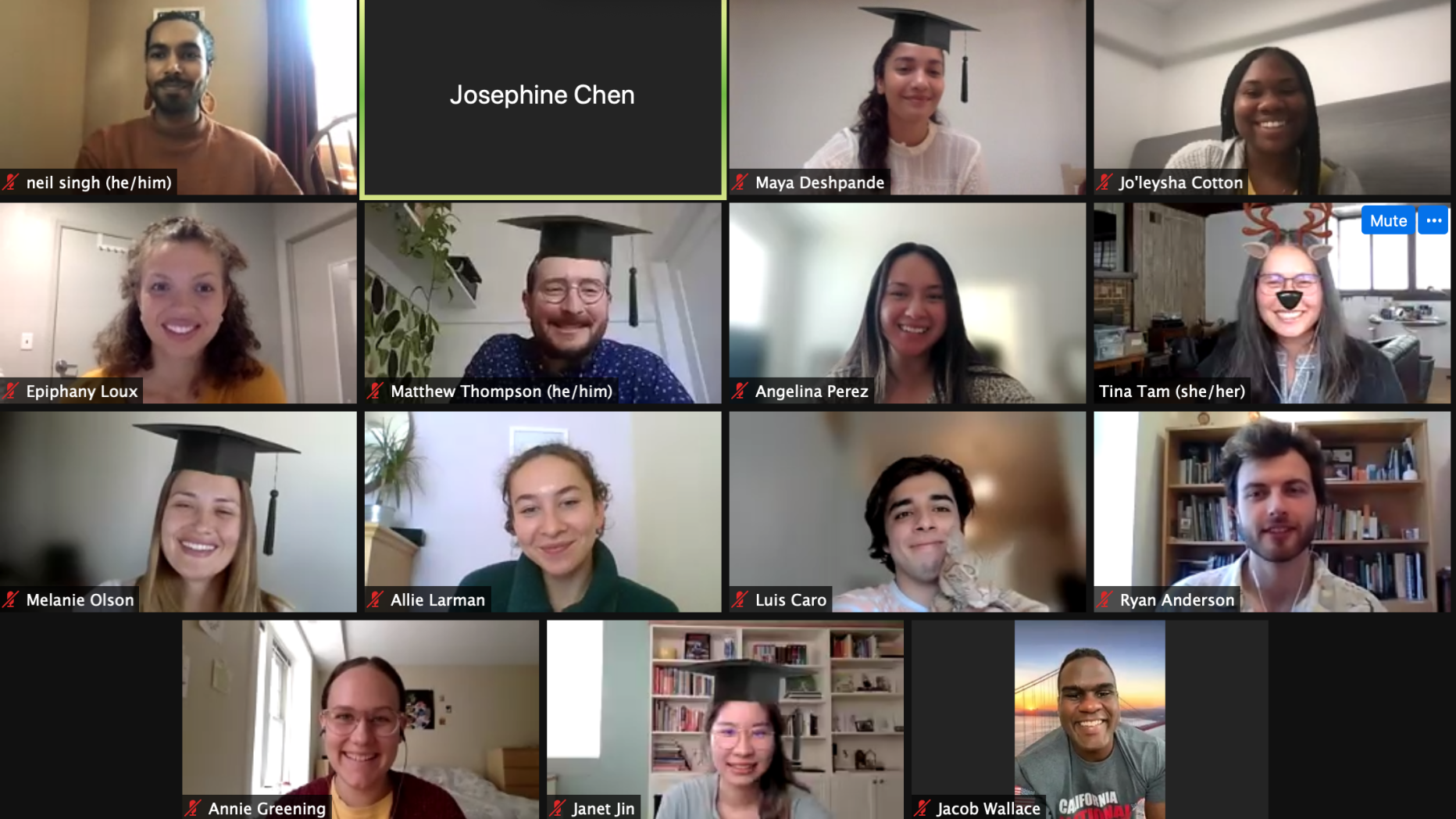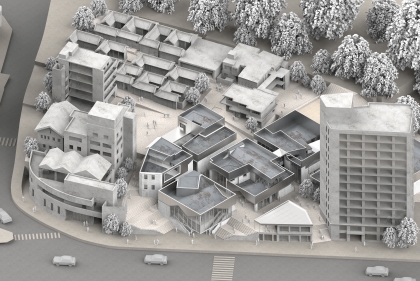Annie Greening | San Francisco Planning Department

"The survey team at SF Planning is currently undertaking a multi-year effort to create a cohesive, comprehensive historical narrative for the city, providing consistency for future efforts to identify, interpret, evaluate, and protect the city’s historic and cultural resources."

 Expand Image
Expand Image
